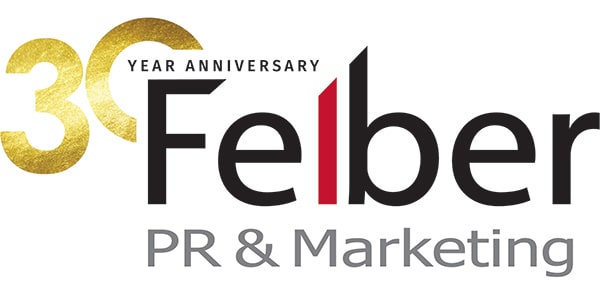Before You Can Prepare For an Interview You Must Know The Story
In the previous post we discussed what most manufacturers often miss at trade conference; they miss the opportunity to impact their brand and expand company name recognition with their target audience. Now, you know that coordinated research and efforts to engage with the media covering a show is beneficial. So, now what? You may think […]
